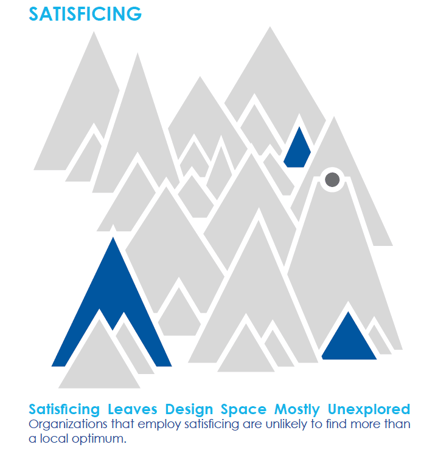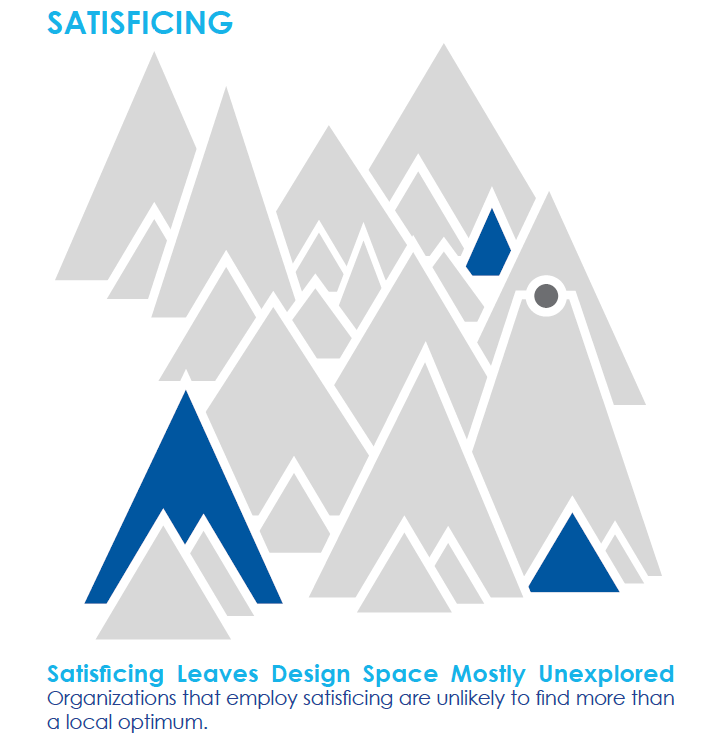The past decade has witnessed the rise of simulations-based clinical trial optimization in a manner unimaginable to most only a few years ago. Such optimization has become an integral aspect of strategic clinical trial design. The initial techniques of operationalizing Monte Carlo methods within a study design setting have increased and transformed in the landscape of cloud-powered computing. Nowadays, technology can produce innumerable simulations within a short space of time. Cytel’s Solara, for example, recently ran 1.5 million simulations within a fifteen minute period to identify trial designs optimized over speed, trial cost and probability of success. Why is it then, that some trial sponsors still struggle to make use of such simulations?
As R&D teams aim to launch a trial, the one variable over which they have the most control is time. Biostatisticians are therefore asked to focus early on a handful of clinical study designs, and refine them until those specific designs are optimized. Yet the millions of other potential designs are left unexplored. This method, sometimes called satisficing, ensures design meets a minimum number of satisfactory criteria. What it does not do is optimize across a number of critical parameters including the speed of a clinical trial. A number of trial designs are left unexplored, usually resulting in a suboptimal trial choice of trial.

Complicating matters further is that when engaging in optimization, say over the speed of a trial, a number of other parameters can either be fixed or flexible. Managing the speed of a trial without regard to costs or power is a far more straightforward matter than the constrained optimization (sometimes called bounded optimization) across several parameters being held fixed. When that occurs, sponsors need to further consider how to make strategic use of such tradeoffs.
The other limitation faced by sponsors is access to the set of potential designs that meet a clinical trial’s resource constraints. Unless a biostatistician is brought into strategic meetings early, and briefed on the operational parameters under which a clinical trial has to launch, he or she cannot be expected to provide R&D teams with the full set of reasonable clinical design options, with quantified tradeoffs across varying operational considerations. Given the sheer number of design possibilities that modern simulations make possible, a biostatistician needs both time and strategic insight on how best to identify reasonable tradeoffs that a Governance Board might be willing to consider.
Cytel’s new Advanced Design Framework creates a series of recommendations aimed to make more strategic use of biostatisticians, and thereby guide decision-making in the era of enhanced simulations. Below you can find Cytel’s Chief Scientific Officer, Yannis Jemiai, presenting this Advanced Design Framework at a recent Cytel webinar.





